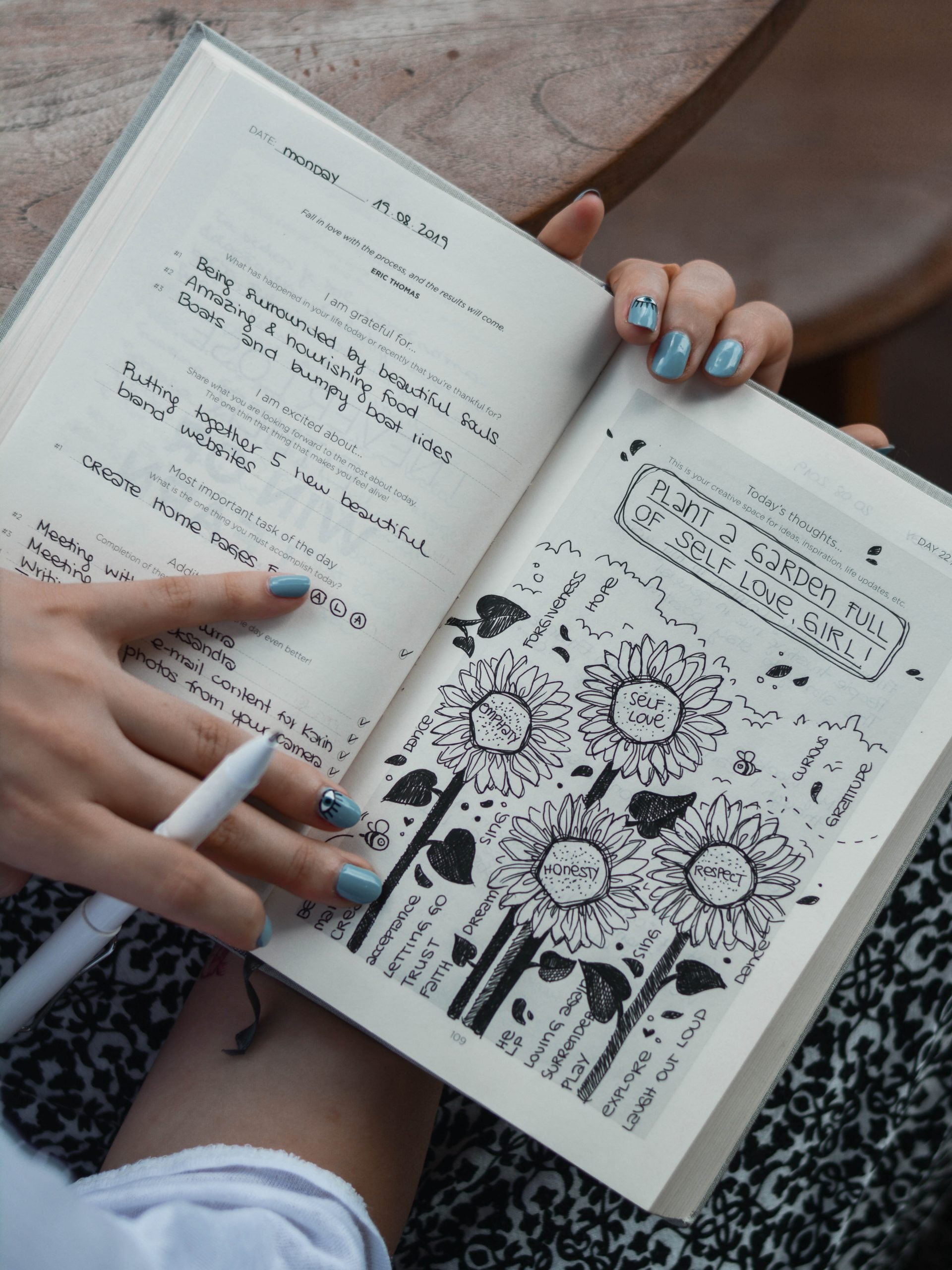Bullet journaling is a new trend blowing up thanks to Instagram. It’s a combination diary, daily planner and mindfulness exercise. It’s supposed to be a great way to reduce stress. But what does bullet journaling really consist of? And what do you need to start your own bullet journaling?
What is it?
Who created it?
What do I need to bullet journal?
My experience
What is it?
Bullet journaling is based on the concept of organizing information in such a way that your mind can better process it. By keeping daily updates in a journal, the journalist can keep track of what really matters to them. It’s been compared to Marie Kondo Joy’s strategy of physical decluttering. By removing anything that doesn’t ‘spark joy,’ you will reduce the stress you get from simply existing in your house. Bullet journaling works in a similar way. By writing an entry every day, you can keep track of what is really important in your life, without being affected by superficial anxieties.
Who created it?
The Bullet Journal method was originally designed by Ryder Carroll. When Carroll was a child, he was diagnosed with Attention Deficit-Disorder (ADD.) As he grew up, he constantly kept journals to write down whatever happened to strike him at the moment. When he became an adult he refined this method and posted it online in the hopes that others might like it. It ended up taking off, with fans posting their own takes on the bullet journal on social media. Carroll would go on to write a book entitled The Bullet Journal Method, which further details the method with examples of entries.
What do I need to bullet journal?
Part of the popularity of bullet journals is no doubt due to how cheap and simple it is to start one. All you need is a writing utensil, a notebook and a bit of spare time to write. You can include whatever you want to include in your journal as a way to customize it. However, most journals have a similar structure. They include an index at the beginning that records what’s on each page, a future log that includes a yearlong calendar that encompasses long-term goals and events, a monthly log that includes shorter-term goals and a daily log that includes a to-do list. Most journals also have charts that keep track of what the journalist cares about. For example, the health-conscious journalist might keep a record of what they’ve eaten and how much they’ve exercised. Others might keep a track of their day-to-day emotions. It depends on what you feel is most important.
My experience
I decided to try out bullet journaling for myself. I used an old notebook I had and some pencils to make mine. I didn’t really have any specific goals in mind by making a bullet journal, so I decided to keep track of some daily tasks–things like reading so many pages of a book or doing so many push-ups. Some people are very good at making their journals almost look like a piece of art. Me? Not so much. But it’s fine. I’m making the journal for me, not for anyone else.
It’s no surprise that bullet journaling is becoming more and more common in this day and age. We live in a stressful, chaotic and confusing time, in which the norms that we’ve relied on for so long have been turned upside down. Bullet journaling provides a way to take control and put your mind at ease.
Graphic from Unsplash.


